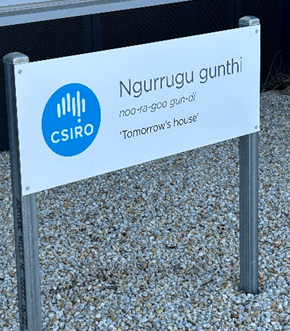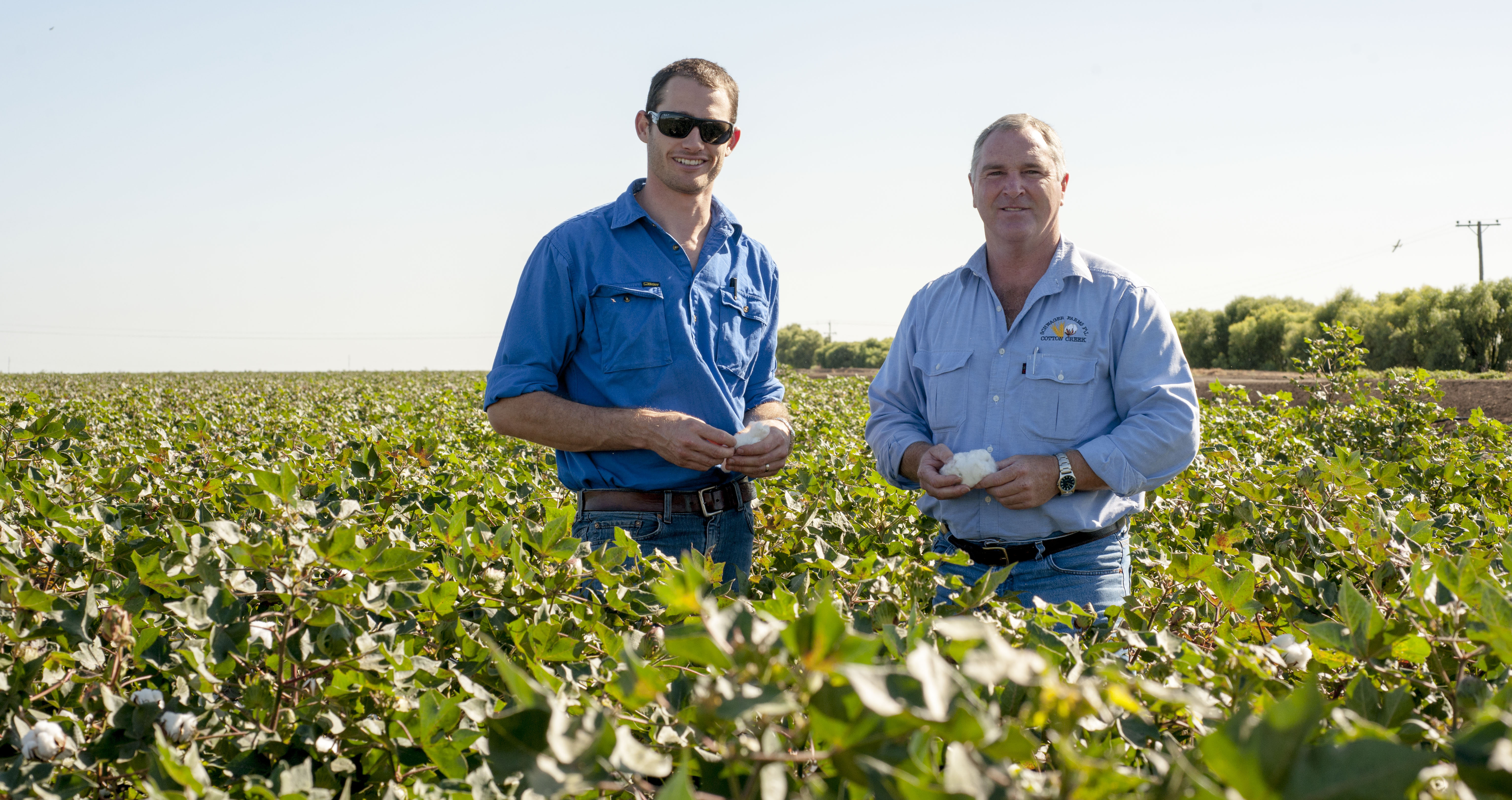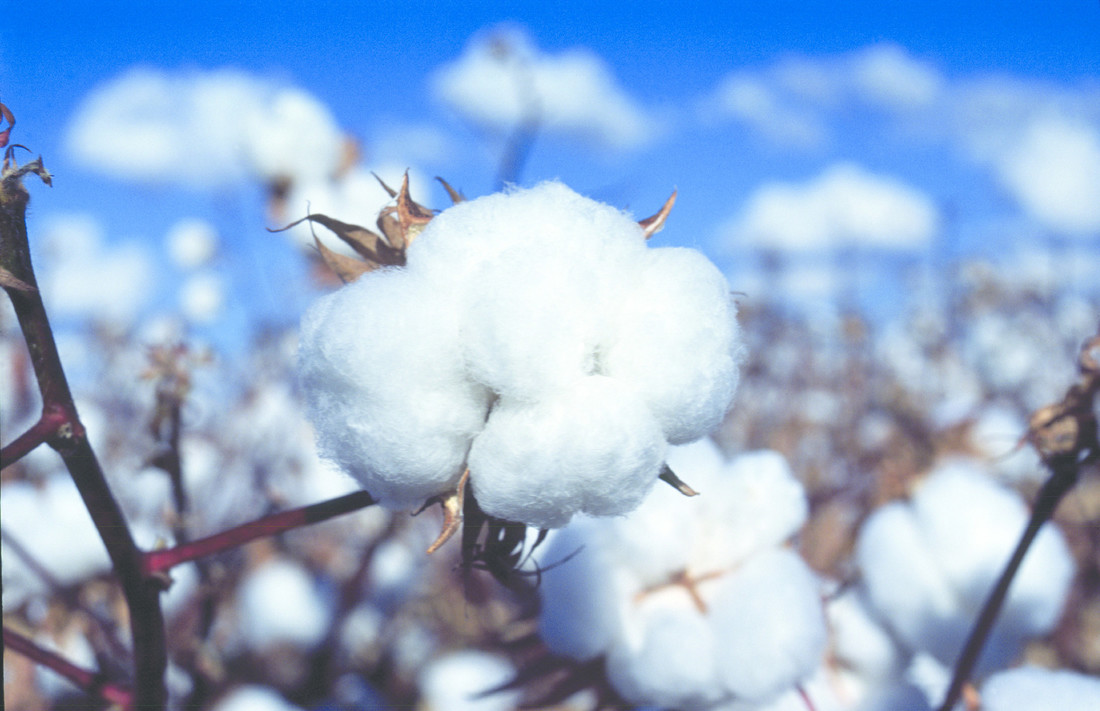 Given the indigenous name of Ngurrugu gunthi, our Myall Vale research station is located on the lands of the Gomeroi People in Northern NSW, near the town of Narrabri.
Given the indigenous name of Ngurrugu gunthi, our Myall Vale research station is located on the lands of the Gomeroi People in Northern NSW, near the town of Narrabri.
Colocated with the Australian Cotton Research Institute, research at Myall Vale focuses on two primary areas – integrated crop management and cotton breeding.
Our work in integrated crop management looks at how best to enhance crops and production practices to maximise the potential of cotton varieties.
Our breeding program invests in developing new varieties with increased yield and fibre quality characteristics, disease and pest resistance. We also investigate abiotic stress tolerance which is the plant's ability to cope with the negative impact of factors such as temperature and drought.
Since 2010, 100 per cent of the cotton varieties grown in Australia have been developed by CSIRO. The Australian industry also has the highest-yielding varieties worldwide.
A breakthrough for the Australian cotton industry was the release of genetically-modified insect pest-resistant varieties in 1996, which have resulted in reduced insecticide use across the industry.
This research has been taken further with herbicide-tolerance traits frequently combined with insect resistance to assist crop management and increase water-use efficiency.
The next advancement will be the release of new herbicide-tolerant varieties containing the XtendFlex® trait platform. These new varieties will be released once all relevant regulatory approvals are in place.
Partnering for success
Partnerships are one of the key drivers behind the success of our cotton industry research.
The Australian Cotton Research Institute has strong support from the cotton industry through the Cotton Research and Development Corporation and Cotton Seed Distributors Limited.
CSIRO and Cotton Seed Distributors created a joint venture, Cotton Breeding Australia, a targeted fund to facilitate research and development of future cotton varieties for Australian growers.
Current research projects include breeding for novel traits, further resistance to pests and diseases, enhancement of tools to complement cotton breeding activities, and developing a genomic selection pipeline.
The partnership with Cotton Seed Distributors is an impactful example of how we collaborate with an industry group to benefit growers and regional communities.

A bright future
The cotton industry is one of Australia's most significant contributors to the agricultural sector, with exports worth around $2 billion each year.
It is also a major employer from growers to processors to scientists and manufacturers.
In February 2023, our ongoing commitment to the cotton industry was reflected through the opening of a $25 million upgrade to the Myall Vale site. The upgrades include a new cotton processing facility, a cotton management research laboratory, and a plant and soil facility.
These new facilities will boost ongoing research into crop management practices, insect resistance, and new variety development, all under the one roof.
For example, once the cotton has been harvested, samples are ginned, delinted, fibre quality tested, and repackaged for planting all in the same building.
The new facilities underpin the bright future ahead for the Australian cotton industry and its growth both domestically and internationally.

Given the indigenous name of Ngurrugu gunthi, our Myall Vale research station is located on the lands of the Gomeroi People in Northern NSW, near the town of Narrabri.

Colocated with the Australian Cotton Research Institute, research at Myall Vale focuses on two primary areas – integrated crop management and cotton breeding.
Our work in integrated crop management looks at how best to enhance crops and production practices to maximise the potential of cotton varieties.
Our breeding program invests in developing new varieties with increased yield and fibre quality characteristics, disease and pest resistance. We also investigate abiotic stress tolerance which is the plant's ability to cope with the negative impact of factors such as temperature and drought.
Since 2010, 100 per cent of the cotton varieties grown in Australia have been developed by CSIRO. The Australian industry also has the highest-yielding varieties worldwide.
A breakthrough for the Australian cotton industry was the release of genetically-modified insect pest-resistant varieties in 1996, which have resulted in reduced insecticide use across the industry.
This research has been taken further with herbicide-tolerance traits frequently combined with insect resistance to assist crop management and increase water-use efficiency.
The next advancement will be the release of new herbicide-tolerant varieties containing the XtendFlex® trait platform. These new varieties will be released once all relevant regulatory approvals are in place.
Partnering for success
Partnerships are one of the key drivers behind the success of our cotton industry research.
The Australian Cotton Research Institute has strong support from the cotton industry through the Cotton Research and Development Corporation and Cotton Seed Distributors Limited.
CSIRO and Cotton Seed Distributors created a joint venture, Cotton Breeding Australia, a targeted fund to facilitate research and development of future cotton varieties for Australian growers.
Current research projects include breeding for novel traits, further resistance to pests and diseases, enhancement of tools to complement cotton breeding activities, and developing a genomic selection pipeline.
The partnership with Cotton Seed Distributors is an impactful example of how we collaborate with an industry group to benefit growers and regional communities.
A bright future
The cotton industry is one of Australia's most significant contributors to the agricultural sector, with exports worth around $2 billion each year.
It is also a major employer from growers to processors to scientists and manufacturers.
In February 2023, our ongoing commitment to the cotton industry was reflected through the opening of a $25 million upgrade to the Myall Vale site. The upgrades include a new cotton processing facility, a cotton management research laboratory, and a plant and soil facility.
These new facilities will boost ongoing research into crop management practices, insect resistance, and new variety development, all under the one roof.
For example, once the cotton has been harvested, samples are ginned, delinted, fibre quality tested, and repackaged for planting all in the same building.
The new facilities underpin the bright future ahead for the Australian cotton industry and its growth both domestically and internationally.

